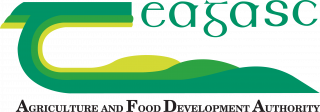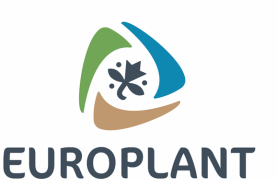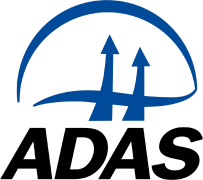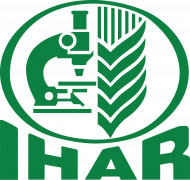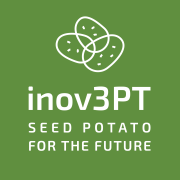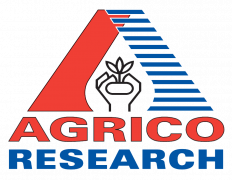Understanding the phenology of key insect pests is essential for developing temperature-driven integrated pest management (IPM) strategies. This study monitored the seasonal dynamics of major insect pests infesting potato crops in Morocco over three growing seasons (2023–2025). Weekly field surveys and temperature data collection were conducted from early January (week 1 of the year) to early April (week 15 of the year). Over the 3-year period, seven insect pest species were recorded, with Aphis gossypii Glover and Myzus persicae (Sulzer) showing the highest relative abundances, comprising 20.7% and 19.1% of the total pest community, respectively. Other prominent species included Phthorimaea operculella (Zeller), Agrotis ipsilon Hufnagel, Empoasca decipiens Paoli, Agrotis segetum Schiff, and Agriotes obscurus (L.). Weekly monitoring revealed consistent seasonal patterns, with most species reaching peak populations between weeks 8 and 9 each year. Degree-day (DD) modelling demonstrated species-specific thermal thresholds. Phthorimaea operculella reached 50% and 90% cumulative emergence at approximately 379 and 667 DD, respectively. Agrotis segetum and A. ipsilon showed slower development, reaching the same cumulative levels at around 1799 and 2194 DD, and 550 and 908 DD, respectively. Aphid populations also followed temperature-dependent trends, with M. persicae and A. gossypii reaching 100% cumulative emergence at approximately 1692 and 1462 DD, respectively. Empoasca decipiens and A. obscurus reached 50% and 90% cumulative abundance at around 455 and 758 DD, and 640 and 1043 DD, respectively. These findings underscore the value of DD models for predicting pest emergence and supporting timely, targeted IPM strategies in potato cultivation.
Full publication URL
